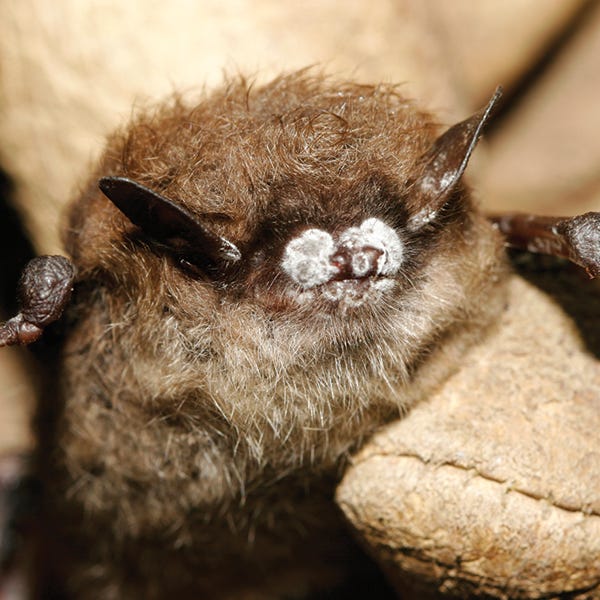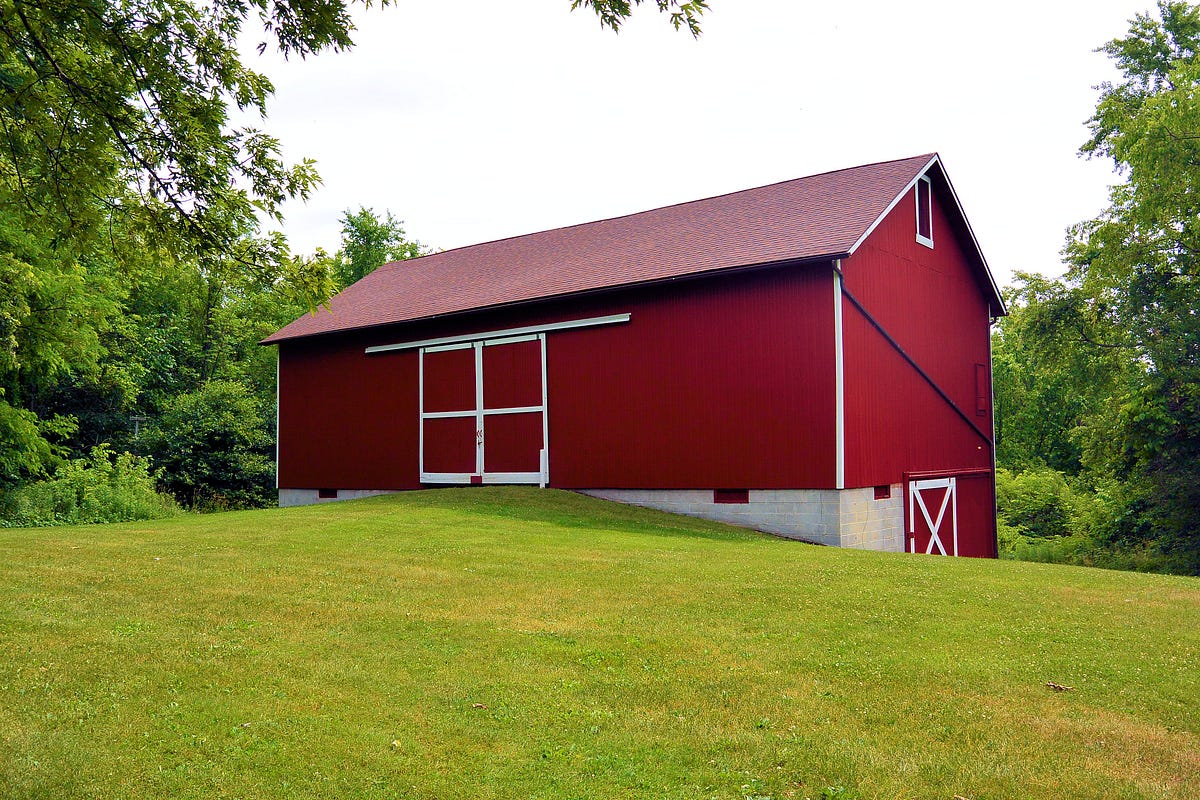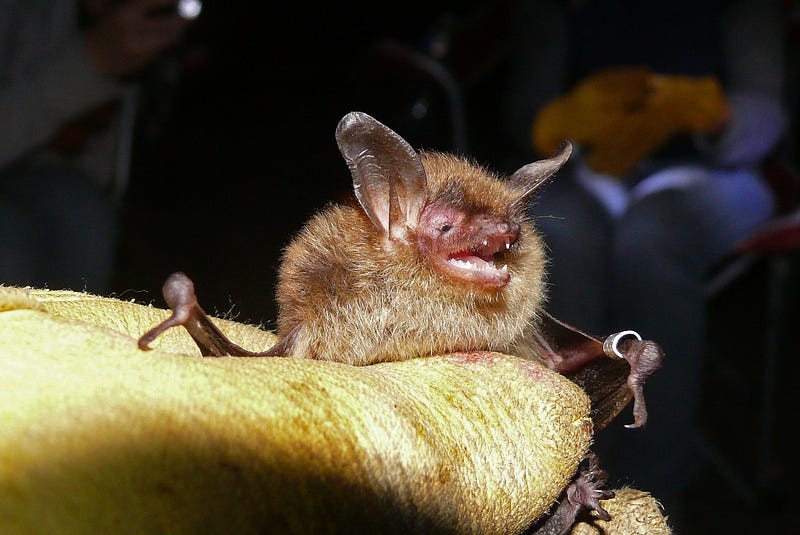
Nearly 10,000 little brown bats and Indiana bats were found dead and dying in four caves in New York. That was in the winter of 2006. Ten years later, more than 6 million bats, which now include tri-colored and big brown bats, in eastern North American have died.
The cause? White-nose syndrome. The fungus Pseudogymnoascus destructans grows on the noses of bats, forming a white tuft. During the winter, infected bats are interrupted from their hibernation. Their fat reserves are then depleted. And since there is a lack of insects in the winter, the bats cannot restore those fat reserves. Without food, the bats die.

White-nose syndrome spreads in two ways. Bats spread it to one another, and humans transport it from caves and mines. Bats can get white-nose syndrome in the summer and winter. However, it’s more deadly in the winter, when hundreds and even thousands of bats gather to hibernate. Bat colonies hibernate in places with high humidity and low temperatures. Sadly, the fungus’ spores love the same conditions.
The fungus can produce billions of spores that live in the soil and on the walls of caves and abandoned mines. When hikers and spelunkers explore these areas, the spores can attach to their clothes and shoes. And they would have no idea that when they left they are spreading the fungus to other areas. White-nose syndrome has not been found to be a threat to humans, yet it causes us to unsuspectingly be a threat to bats.


After white-nose syndrome was discovered in New York, it spread to 27 states and five Canadian provinces. It’s now found in at least 16 Ohio counties, including Summit County. The state’s two largest hibernaculas — large, hibernating colonies — in Preble and Lawrence counties have decreased in size by 90%. Nearly 40,000 bats had been observed at the colony in Preble County. That number has been decimated since Ohio’s white-nose syndrome outbreak began in 2011.
Last fall, the United States Fish and Wildlife Service and the Ohio Division of Wildlife gave Summit Metro Parks permission to survey the bats in the caves at Liberty Park. Metro Parks biologist Marlo Perdicas says, “In years past, we typically caught hundreds of bats at night before they entered the caves to hibernate. Last fall, we only caught 12 bats total for eight evenings of survey work.”


Even though bat populations have drastically decreased since white-nose syndrome entered Ohio, there are bright spots in a few of the Metro Parks. Our biologists monitor park structures with big brown bats and little brown bats, including barns at O’Neil Woods Metro Park, Hampton Hills Metro Park and Cascade Valley Metro Park. Marlo says, “Those maternity populations — female bats raising their young — have increased this year at all of the sites we monitor. So that is good news.”

Bats are important animals in our ecosystem. The Ohio Division of Wildlife describes them as “a top predator for night-flying insects, including mosquitoes, beetles, moths and other human, agricultural and forest pests.” Without them, we’d lose a wonderful, natural source of insect control.


Eleven species of bats are found in Ohio. The ones most susceptible to white-nose syndrome are the once-common Northern long-eared bat, the little brown bat and the tri-colored bat, all of which are listed as species of concern in Ohio. The Indiana bat is a state and federally endangered species.
Biologists across the country are studying bats with and without white-nose syndrome, looking for ways to reduce the spread of the disease. Currently, there is no way to stop it and no cure. However, you can help.

While hiking in the Metro Parks, do not go off trail. Dark caves look like interesting places to explore; however, we don’t want to risk the possible spread of the white-nose syndrome’s fungus. If you see a bat flying during the day in very cold temperatures or find six or more dead or dying bats during cold winter months, they might have white-nose syndrome. If it’s possible to photograph the bat(s), please do so, but do not handle bats. Then, contact the Ohio Division of Wildlife.
If you want to learn more about bats in our parks, call a Summit Metro Parks naturalist at 330–865–8065.